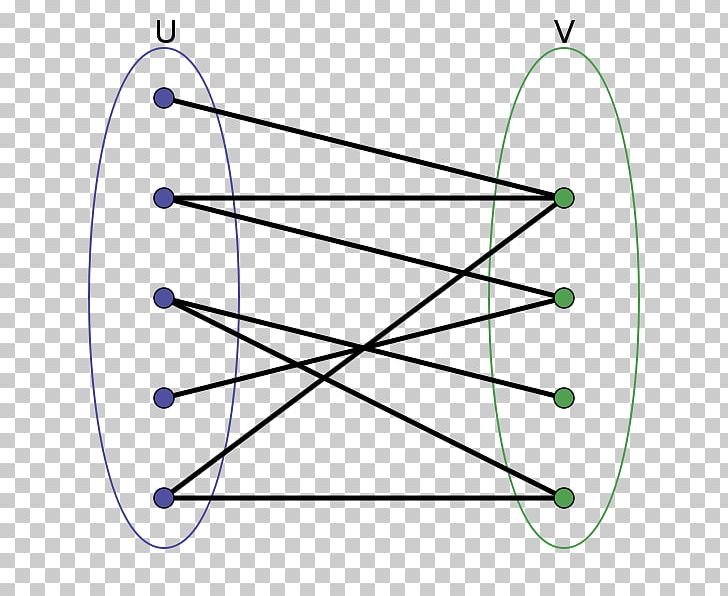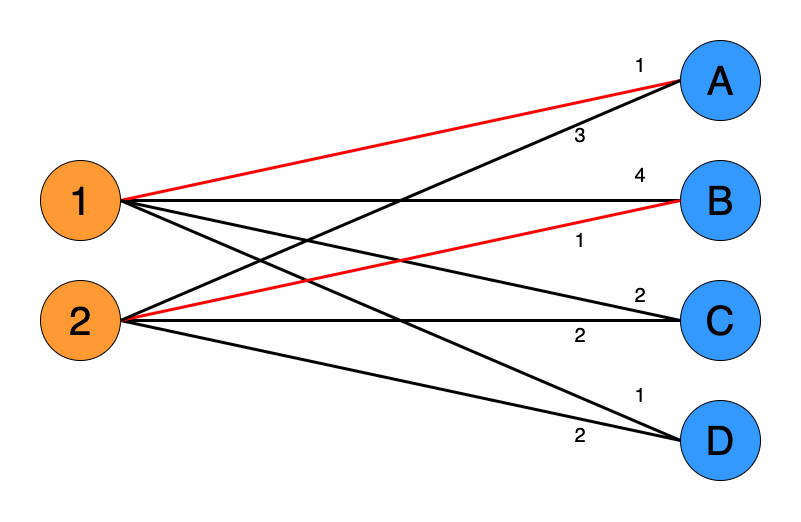

The new method is streamlined, efficient, and particularly well-suited to the study of huge and diverse biological data. It is shown that the new method substantially outperforms the best previous alternatives. Experiments are performed on both random graphs and graphs constructed from functional genomics data. Formal time and space bounds are derived. The new technique is implemented and compared to previously published approaches from graph theory and data mining.

An iterative selection of vertices for consideration based on non-decreasing common neighborhood sizes boosts efficiency and leads to more balanced recursion trees.

Efficiency is achieved through an innovative exploitation of bipartite graph structure, and through computational reductions that rapidly eliminate non-maximal candidates from the search space. Unlike most previous approaches, the new method neither places undue restrictions on its input nor inflates the problem size. In this paper, a powerful new algorithm is described that produces all maximal bicliques in a bipartite graph. Most previously-known techniques are generally ill-suited to this foundational task, because they are relatively inefficient and without effective scaling. Bipartite graphs can be useful for representing relationships across pairs of disparate data types, with the interpretation of these relationships accomplished through an enumeration of maximal bicliques. So please don’t take offense.Integrating and analyzing heterogeneous genome-scale data is a huge algorithmic challenge for modern systems biology. It’s just that there are fewer men than women in America, making it impossible to match up all the women with different men. Nor do we mean to imply that men should get their choice instead of women. In this case, it means that \(L(G)\) and \(R(G)\) are nonempty, \(L(G) \cup R(G) = V(G)\), and \(L(G) \cap R(G) = \emptyset\).ĥBy the way, we do not mean to imply that marriage should or should not be heterosexual. \(\quad \blacksquare\)ĤPartitioning a set means cutting it up into nonempty pieces. So every node in \(G\) is an endpoint of an edge in the matching, and thus \(G\) has a perfect matching. That is, \(L(G)\) and \(R(G)\) are the same size, and any matching covering \(L(G)\) will also cover \(R(G)\). But \(G\) is also degreeconstrained if the roles of \(L(G)\) and \(R(G)\) are switched, which implies that \(|R(G)| \leq |L(G)|\) also. Such a matching is only possible when \(|L(G)| \leq |R(G)|\). Since regular graphs are degree-constrained, we know by Theorem 11.5.6 that there must be a matching in \(G\) that covers \(L(G)\). This turns out to be a surprisingly useful result in computer science.Įvery regular bipartite graph has a perfect matching. Hence, we can use Theorem 11.5.6 to prove that every regular bipartite graph has a perfect matching. Regular graphs are a large class of degree-constrained graphs that often arise in practice.


 0 kommentar(er)
0 kommentar(er)
